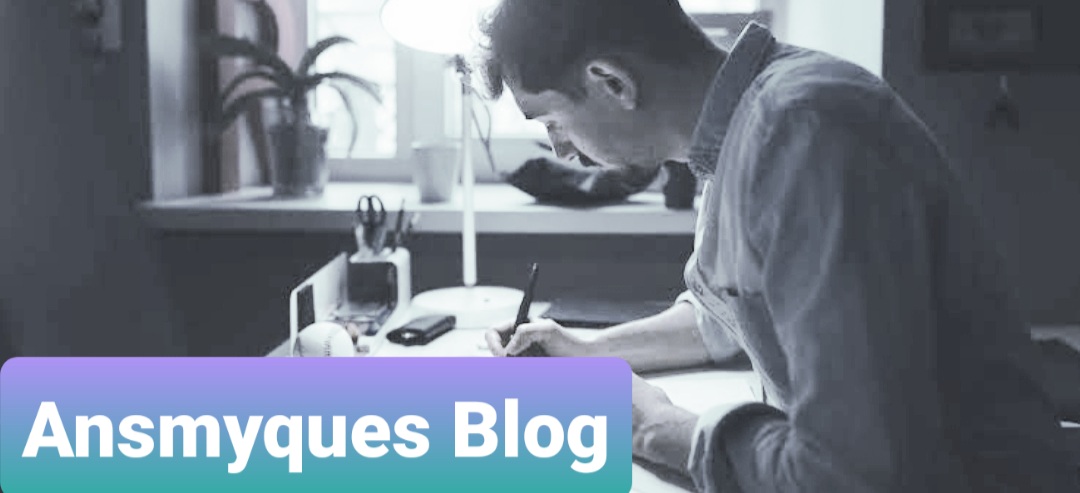30 BIOLOGY PRACTICE QUESTIONS
ANSmyques blog
One of the following is not considered when writing the scientific names of living organisms? A. first letter must be uppercase and other letters lower case B. all names must be italicised C. the first name must represent the specific name and the second, the generic name D. hand written names may or may not be underlined
An organism seen to be on the borderline between living and non-living organisms is --- A. Monera B. Virus C. Fungi D. Protista
Which of these statements about viruses is true? A. they are microscopic and cellular B. No organized nucleus C. they are eukaryotic D. they reproduce sexually by binary fission
Mammals do not A. posses hairs on their skin B. possess mammary glands for milk secretion C. possess two limbs for locomotion D. are not more cerebral compared to other living organism
Bryophytes possess all but A. vascular bundles B. chlorophyll C. rhizoids and leaves D. sexual and asexual reproductions
The hydra is a coelenterate, one characteristic feature of the hydra is A. possession of stinging cells B. absence of sensory cells C. absence of nerve net D. possession of ectoderm, mesoderm and endoderm
Class Insecta possesses all but one of the following A. three pairs of legs B. one pair of antennae C. Trachae for gaseous exchange exchange D. A cephalothorax and an abdomen
One of these organisms is poikilothermic A. Cat B. Lizard C. Bird D. Man
According to Felix Dujardin A. the cell is the basic structural and functional unit of life B. comprises the living and non-living components C. the cell is a fundamental component of plants and animals D. all cells come from pre-existing cells
A neuron which begins and ends with dendritic projections is the A. sensory neuron B. motor neuron C. associate neuron D. none of the above
Use the diagram above to answer questions 11 and 12
The function of I is ----------- A. boundary creation B. regulation of immigrating and emigrating materials C. flexibility and resilience D. All of the above
The part regarded as the ‘power house’ of that structure is labelled A. I B. II C. III D. IV
An organelle which packages and transports materials within the cell is the ---- A. Vesicle B. Ribosome C. Golgi Body D. Endoplasmic Reticulum
Plant cells are different from Animal cells in that they possess ------ A. Chloroplast and nuclear membrane B. cell wall and mitochondria C. chloroplast and cell wall D. Ribosome and Lysosome
The Nervous system is different from the Endocrine system in that A. impulses are transferred at a slower rate B. it produces wide spread effects C. impulses are transferred electrically D. The blood serves as impulse conduit medium
Osmosis is the ------ A. movement od water from a region of lower solute concentration to a region of higher solute concentration through a semi-permeable membrane B. movement of water from a hypertonic solution to hypotonic, through a semi-permeable ,membrane C. movement of salt molecules across a semi-permeable membrane D. movement of solute molecules from a hypotonic solution to a hypertonic solution through a semi-permeable membrane
What part of the brain controls body posture? A. cerebrum B. Hypothalamus C. Medulla oblongata D. Cerebellum
I. dip the leaf into alcohol II. Boil for 30 secs III. Leaf turns blue black IV. Add few drops of iodine solution. The correct sequence, when testing a leaf for starch is ----A. I-II-III-IV B. II-I-III-IV C. III-IV-I-II D. II-I-IV-III
Nitrification process A. removes nitrogen from the soil and adds to the atmosphere B. removes nitrogen from living organisms and adds to the atmosphere C. removes nitrogen from the atmosphere and adds to the soil D. none of the above
One chemosynthetic organism is --------A. nitrosamines B. Green plants C. Diatom D. Spirogyra
6CO2 + 6H2O C6H12O6 + 6O2. The name given to the reverse process above is ----- A. respiration B. oxidation C. photosynthesis D. hydrolysis
Which of the following processes do not occur in light-independent stage of photosynthesis? A. excitation of chlorophyll B. photolysis of water C. reduction of carbon (IV) oxide D. trapping of H+ by NAD and RuBP
Which of these is an importance of diffusion to living organisms? A. movement of sir in the inter cellular space of flowering plants B. exchange of gases C. absorption of food nutrients in the small intestine of flowering plants D. vision comprehension
Saprophytes A. feed on another organism, thereby causing harm to it B. feed mutualistically with other organism C. feed on dead-decaying matter D. feed autothrophically
The seat of intelligence and sound judgment is -------- A. cerebrum B. Pons Varolli C. Cerebellum D. Thalamus
you can use the EDUCATION CATEGORY to find more physics, chemistry, Literature, Government, Account, and other questions with answer…good luck to us all, do well to keep coming back because that’s the motive behind the name of this site ANSMYQUES (ANSWER MY QUESTION). Or equally you can use the search box above or below TYPE whstever subject question you’re looking for e.g “physics” “Literature” and it will bring out all physics questions on this plattform, this idea can be use for other subjects too.

